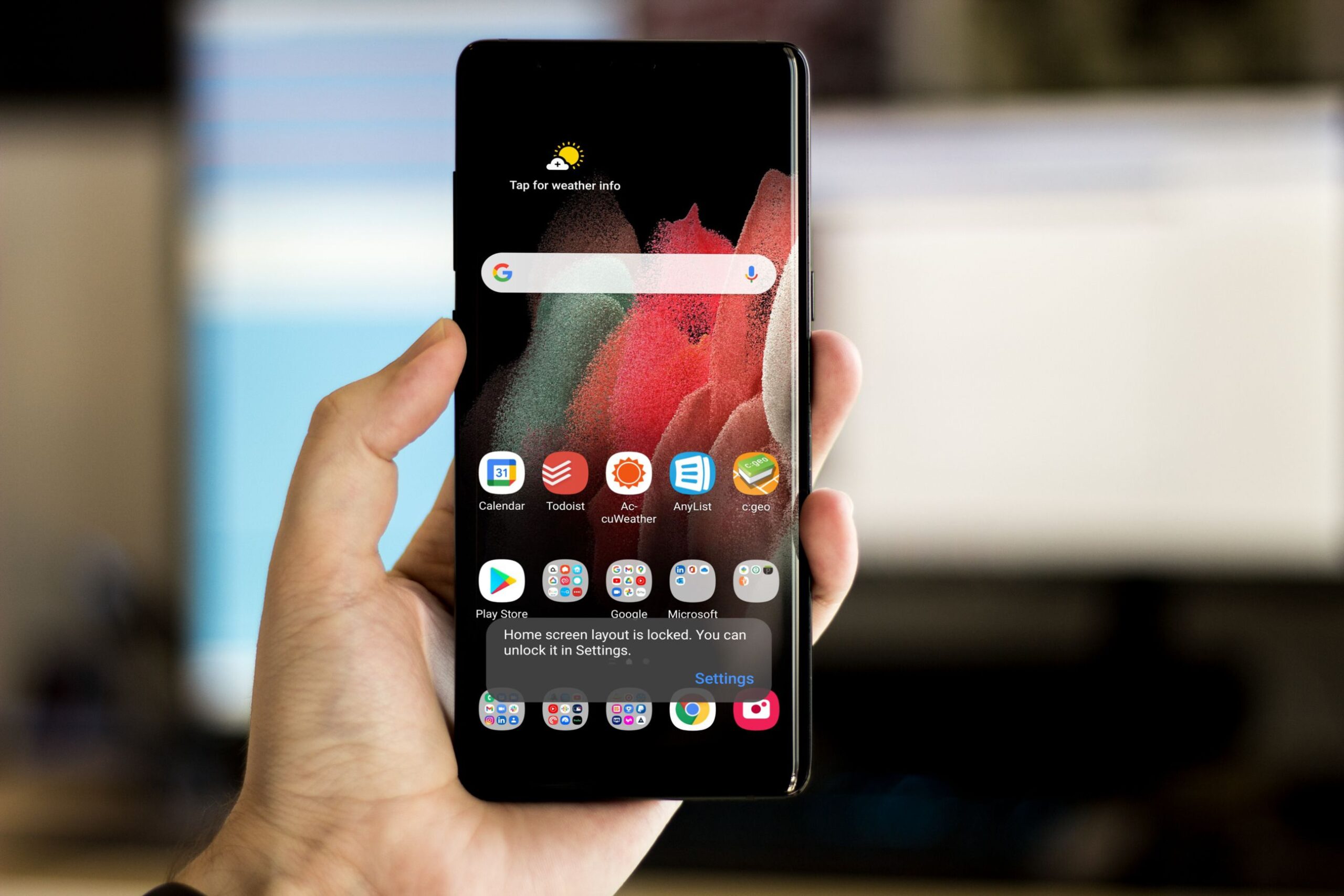Most Android users are familiar with the lock screen. This is the first thing you see when you turn on your phone and it requires a passcode or pattern to be accessed. However, there are ways to bypass this and access your home screen without having to enter a passcode. In this article, we will show you how to unlock the home screen on Android devices using different methods.
What is the lock screen on Android and why is it important?
The lock screen on Android is the first thing you see when you turn on your phone. It requires a passcode or pattern to be accessed. The purpose of the lock screen is to protect your phone from unauthorized access. If someone tries to unlock your phone without the correct passcode, they will be unable to access it. This is why it is important to have a lock screen on your Android device.
How to unlock the home screen on Android devices
There are different methods that you can use to unlock the home screen on Android devices. Each method has its own set of pros and cons. You will need to decide which method is best for you based on your needs and preferences.
1. Using a widget
Widgets are small applications that run on your home screen. You can add a widget that will unlock your home screen without having to enter a passcode. This is a convenient way to unlock your screen if you don’t want to enter a passcode every time you turn on your phone. However, widgets can be resource intensive and they may slow down your phone.
2. Using an app
There are many apps available that can unlock your home screen without a passcode. These apps usually require you to set up a PIN or pattern that you will use to unlock the app. Once the app is unlocked, you will be able to access your home screen. Some of these apps also have other features such as the ability to lock specific apps or hide notifications.
3. Using a third-party launcher
A third-party launcher is a custom home screen that you can install on your phone. These launchers usually come with the ability to unlock your home screen without a passcode. Some of them also have other features such as the ability to lock specific apps or hide notifications.
4. Using Android’s built-in security
Android has a built-in security feature that allows you to unlock your home screen without a passcode. To use this feature, you will need to set up a PIN or pattern that you will use to unlock the phone. Once the phone is unlocked, you will be able to access your home screen. This feature is only available on certain Android devices.
5. Using a bootloader unlock
A bootloader is a piece of software that runs on your phone when it is turned on. It is responsible for loading the operating system and other essential files. Most Android phones come with a locked bootloader that prevents you from making changes to the phone’s software. However, if you unlock the bootloader, you will be able to install a custom recovery and gain access to your home screen without a passcode. Bootloader unlocking voids your warranty and may cause your phone to stop working correctly.
Conclusion
Which method you use to unlock the home screen on your Android device depends on your needs and preferences. If you want a convenient way to unlock your screen without having to enter a passcode every time, you can use a widget or an app. If you want more control over your phone’s software, you can unlock the bootloader.
However, bootloader unlocking voids your warranty and may cause your phone to stop working correctly. You will need to decide which method is best for you based on your needs and preferences.
